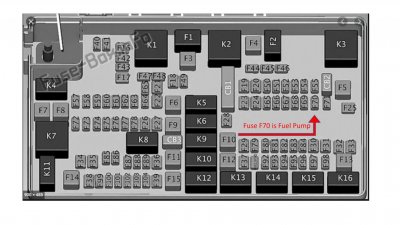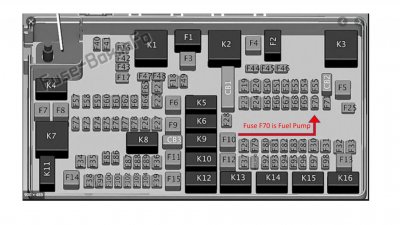Curt Gobbell
Senior Member
- Joined
- Sep 14, 2020
- Posts
- 216
- Reaction score
- 213
- Location
- Memphis TN Area
- Ram Year
- 2014
- Engine
- HEMI 5.7L
Problem Statement
· You have engine chatter at startup and you need to determine if the chatter is either ‘Lifter Noise’ or an “Exhaust Manifold Leak’;
· Both noises sound very similar and both will quieten down after the engine warms up, which makes it difficult to diagnose which issue you have
How do Determine Which Problem You Have?
Given the lifter noise is caused by a lack of oil and the exhaust leak noise is caused by a lack of heat, you will need to isolate the heat factor
Procedure


· You have engine chatter at startup and you need to determine if the chatter is either ‘Lifter Noise’ or an “Exhaust Manifold Leak’;
· Both noises sound very similar and both will quieten down after the engine warms up, which makes it difficult to diagnose which issue you have
- Lifter Noise
- Cause - lack of oil on the top side of your engine where the cam, lifters and pushrods meet
- Goes Away – when oil is pumped up to this area (generally 30-60 seconds after ignition)
- Exhaust manifold leak noise
- Cause - exhaust gases escaping where the head and exhaust manifold mate (generally a warped exhaust manifold surface)
- Goes Away – when the engine warms up enough to expand the exhaust manifold, thus shrinking the gap between the head and manifold
How do Determine Which Problem You Have?
Given the lifter noise is caused by a lack of oil and the exhaust leak noise is caused by a lack of heat, you will need to isolate the heat factor
Procedure
- Ensure your truck has been sitting at least 12 hours without running
- This ensures a) the engine is cold and b) oil has drain away from the lifters
- Open your hood and remove the fuel pump fuse (F70) from your fuse box
- Get inside your cab and try to start your truck for 30 seconds
- You will have to press the START button several times as the starter will disengage repeatedly (pre-ignition)
- This will crank the engine over, but without the fuel pump fuse it will not run (it will sputter once or twice) thus allowing oil to pump up to the lifters, but not creating heat to close the exhaust manifold gap. Hence isolating the heat factor
- After 30 seconds of cold-cranking, return under the hood and replace the fuel pump fuse F70 (see pic)
- Return to the cab of the truck and start the truck normally
- If you hear the same chatter as before, then you have an exhaust leak
- Because your exhaust manifold didn't got hot and close the gap
- If you do not hear the same chatter as before, then you have dry lifters
- Because the cold-cranking you did above oiled the lifters
- If you hear the same chatter as before, then you have an exhaust leak



